- Home
- Federal Reserve Notes
- 1995 $2 Bill
How Much Is The 1995 2 Dollar Bill Worth?
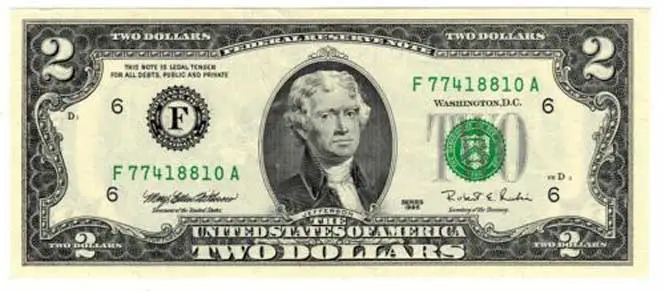
The 1995 2 Dollar bill is not that valuable unless you have a Star note, special serial number or find one with an error.
As you can see below from the amount that were printed, they are not very rare either.
- Series: 1995
- Denomination: $2 USD
- Seal Varieties: (1) Green
- Signature Varieties: (1) Mary Ellen Withrow - Robert E. Rubin
- Regular Varieties: (1) Atlanta
- Star Note Varieties: (12) Boston (A), New York (B), Philadelphia (C), Cleveland (D), Richmond (E), Atlanta (F), Chicago (G), St. Louis (H), Minneapolis (I), Kansas City (J), Dallas (K), San Francisco (L)
- Regular Notes Printed: 153,600,000
- Regular Star Notes Printed: 1,280,000
- Millennium Star Notes Printed: 119,988
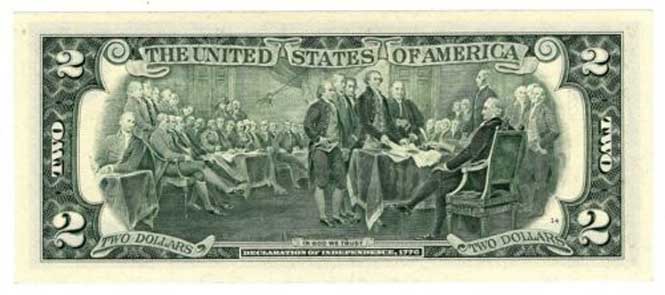
All series 1995 $2 bank notes are signed by Withrow and Rubin.
Robert E. Rubin was the Secretary of the Treasury and Mary Ellen Withrow was the Treasurer of the United States.
Similar to all green seal $2 bills from 1976 onward, the reverse features John Trumbull's painting which depicts the draft Declaration of Independence being presented to Congress.
There were 153,600,000 regular 1995 2 dollar bills printed between August 1996 and November 1996.
These Federal Reserve Notes were printed in Fort Worth, Texas and only issued to the Bank of Atlanta.
They have a serial number beginning with F, the prefix letter for Altanta, Georgia, and all end with either A or B depending on which block range they fell into.
96,000,000 were printed in block A and 57,600,000 in block B.
1995 $2 Bill Value
Most circulated $2 bills from 1995 will be worth their face value of $2 unless they have a serial number range that is unique.
These ranges are usually refered to as ladder up (F12345678B), ladder down (F87654321B), low (F00000001B), high (F99999999B), birth year (F00001995B), etc. There are other permutations of valuable serial number ranges, but these are the main ones.
An uncirculated 1995 $2 bill could be worth around $4+ depending on quality. Checkout eBay for latest auction prices.
You might find that a Mint State 63 grade (MS63) would be worth about $5.
Star Note varieties are worth the most. These can fetch anywhere in the region of $400-$500 depending on quality and serial number range.
The Millennium Star notes are usually worth more than the regular issue Star notes.
An uncirculated MS63 Millennium Star note might be worth around $45, whereas an uncirculated regular issue MS63 Star note from the Bank of Atlanta might be worth $15.
1995 2 Dollar Bill Star Replacement Notes

There were 1,280,000 regular issue Star replacement notes printed of the 1995 $2 bill. They were all issued for the Bank of Atlanta (F prefix).
Another special issue of Star notes from the BEP (Bureau of Engraving and Printing), known as Millennium notes, were printed for collectors.
Each of the twelve Federal Reserve Banks were issued a batch of 9,999 of these special Star notes.
The serial numbers began with the prefixes A, B, C, D, E, F, G, H, I, J, K, L for each of the twelve banks, then 2000 followed by a four digit number between 0001 and 9999. They finished with a *.
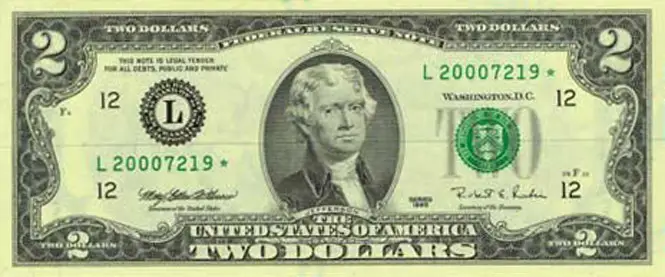
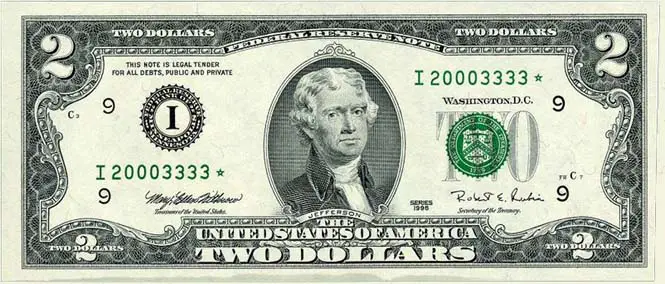
An example serial number for a Millennium note for the Federal Reserve Bank of Cleveland, Ohio would be D 200 01976 *.
More 1995 2 Dollar Bill Examples

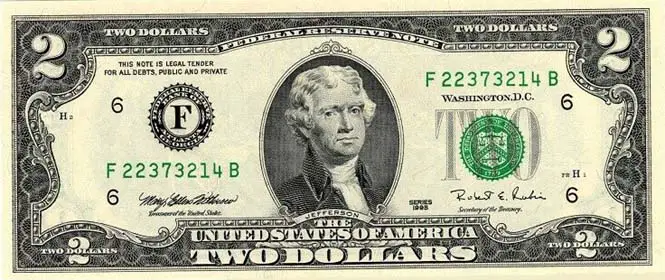


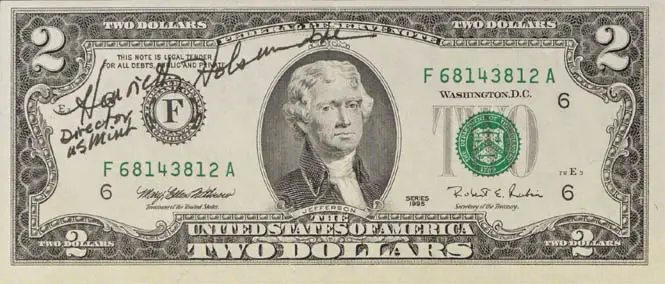
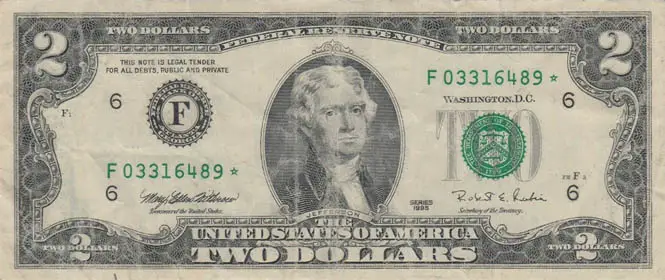
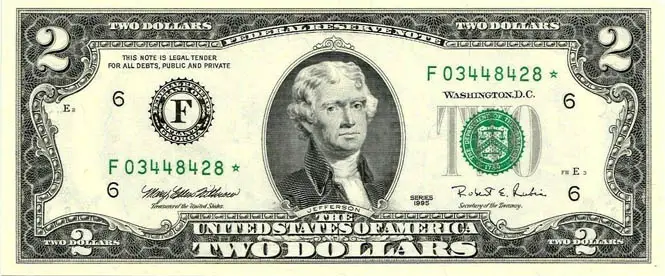
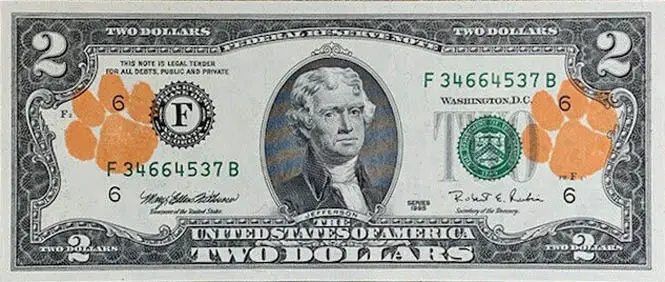
Click here to discover more coin collecting tips and advice in our ultimate guide!
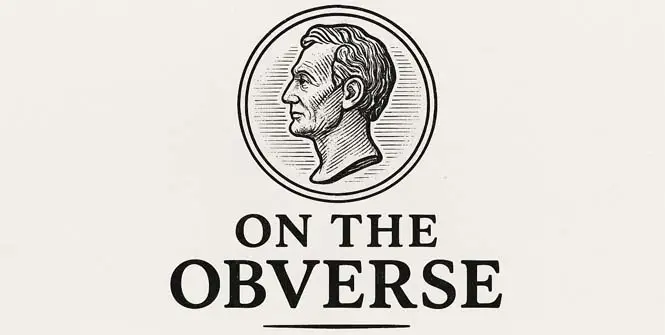
Would You Like To Receive More Exciting News And Information About Coin Collecting Direct To Your Inbox?
Enter your email address below, check the boxes and click Send It To Me! now to get your FREE copy of On The Obverse newsletter.
